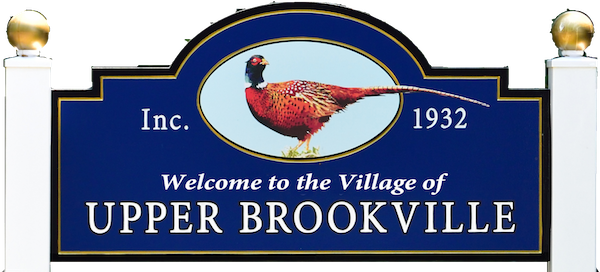Raccoon Control
Raccoon Control (From DEC Website)
Scientific Name: Procyon lotor
Description
 Raccoons are “well-rounded,” often plump, with reddish brown to grey fur. Adults weigh an average of 15 pounds, and are readily identified by alternating rings on the tail and characteristic black “mask.”
Raccoons are “well-rounded,” often plump, with reddish brown to grey fur. Adults weigh an average of 15 pounds, and are readily identified by alternating rings on the tail and characteristic black “mask.”
Raccoons are important furbearers, providing income and recreation to hunters and trappers in New York State. Many people enjoy watching or photographing raccoons. Some people feed them, but this is unnecessary and unwise. Keeping raccoons as pets may be harmful to both humans and raccoons, and is illegal.
Distribution and Habitat
Raccoons are among the most widespread mammals in New York State. The adaptable raccoon can be found everywhere, from the most remote forest to the crowded inner city. Raccoon populations often are more dense in large cities than in the wild, but abundance varies widely in different types of habitat and different parts of the state.
Behavior
Raccoons feed mainly at night. They eat fruit, nuts, berries, small animals, and insects and also will feed on pet food, garbage, and garden crops.
Female raccoons look for den sites in late winter. Litters of one to seven young are born in April and May. Young raccoons open their eyes about three weeks after birth, and often announce their presence with mewing, twittering, or crying sounds. They nurse for about six weeks, then leave the den to follow the mother until September or early October when they disperse and establish their own territories.
Mortality and Disease Factors
Canine Distemper
Canine distemper is a common disease and is usually fatal. Raccoons with distemper act tame or confused, and eventually lose coordination, become unconscious, and die. Distemper cannot be transmitted to humans or immunized pets.
Raccoon Rabies
Raccoon rabies reached New York in 1990 and has become widespread. Rabies is a viral disease with symptoms similar to distemper. Rabid raccoons may behave aggressively, salivate heavily, or have paralyzed hind legs. Rabies can be transmitted to humans and other animals by the bite of an infected animal. If you suspect a raccoon is rabid, avoid or destroy the animal and contact local health officials.
Roundworm
Roundworm infects most raccoons in New York at some time in their lives. The roundworm rarely causes the raccoon any problems, but the animals pass large numbers of eggs to the environment. Eggs ingested by another animal may hatch and cause nerve damage.
Management
Raccoons are protected by law. No one may possess a raccoon without a license, and licenses are not issued for pet wildlife. Hunting or trapping raccoons requires a license. The law allows unlicensed homeowners and farmers to destroy raccoons that damage property. However, property owners should try eliminating food and shelter before killing the animal.
Except where temporarily reduced by rabies or distemper, raccoon numbers may be very high. While densities in rural areas may be 20 – 40 raccoons per square mile, raccoon densities in some developed parts of the state (e.g. Long Island) may exceed 100 per square mile.
Raccoons can become a nuisance if people unknowingly supply food or shelter for them. They can be attracted by food available in gardens, fish ponds, pet feeders, or garbage or by cavities that might offer shelter.
Here are some ways to prevent raccoons from becoming a nuisance:
- Do not leave pet food outside. Feed pets only as much as they will eat at once, and remove all leftovers. If necessary, place pet feeders in an enclosed area such as a porch, garage, or barn.
- Keep garbage bags in an entry-way or garage, and in a metal can. Run a rubber strap, rope, or soft wire through the lid and attach to the can handles. To make it hard for raccoons to remove lids, hang the can one foot above the ground or use a rack and secure the cans upright.
- Surround gardens with an electric fence made up of two wires attached to an insulated post: one wire four inches and the other eight inches above the ground. Install the fence before vegetables ripen.
- Block the openings raccoons are using to get into your attic, porch, or other location. Place a temporary cover when the raccoons leave on their nightly search for food, and make a permanent seal later. To check if the raccoons have really left, sprinkle twigs, grass, or flour in the opening and watch for tracks. Caution: do not permanently seal entrances without first verifying that all animals are out of the den. Especially in the spring, look and listen for animal noises.
- Nuisance wildlife control persons licensed by New York State can be hired to deal with problem raccoons. Click here for a list of Licensed Nuisance Wildlife Control Operators (NWCOs) near Upper Brookville. Note that Nuisance Wildlife Control Operators are private business owners licensed by DEC to handle and remove wildlife issues in and around your home. NWCOs charge a fee for their services. Before hiring, follow the same measures you would when contracting with anyone to work around your home.



